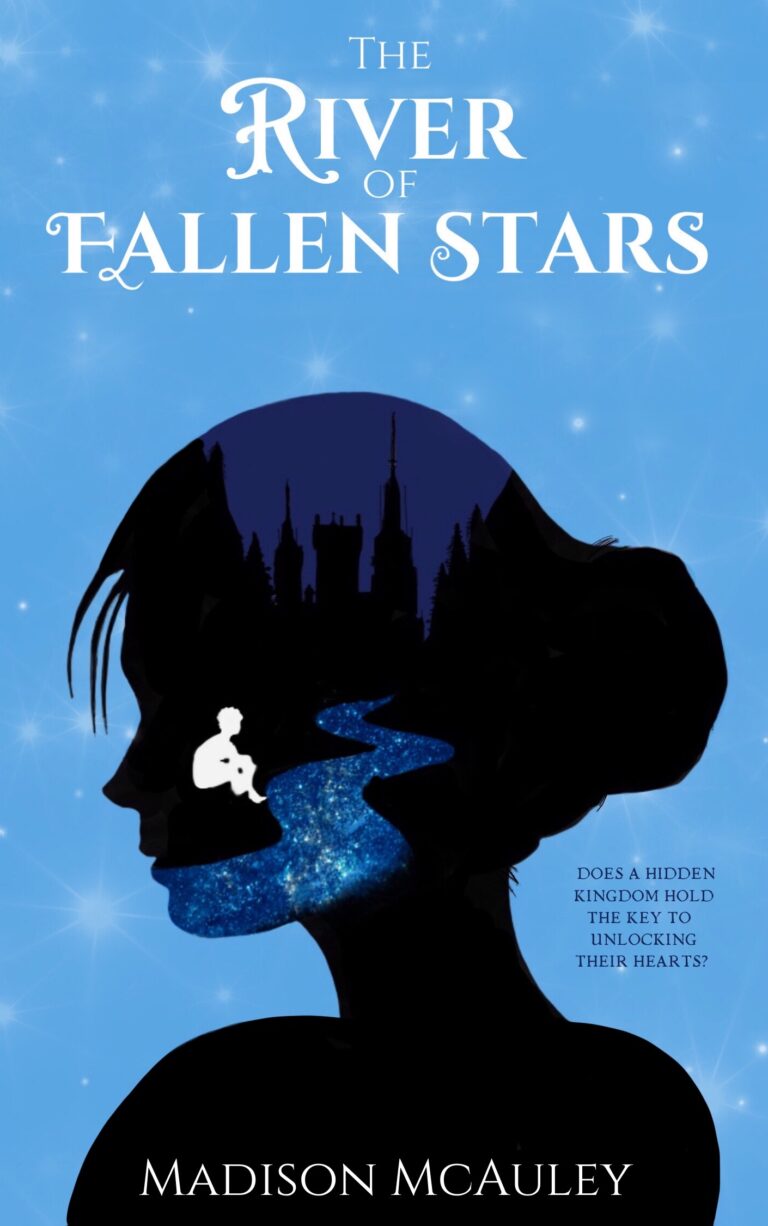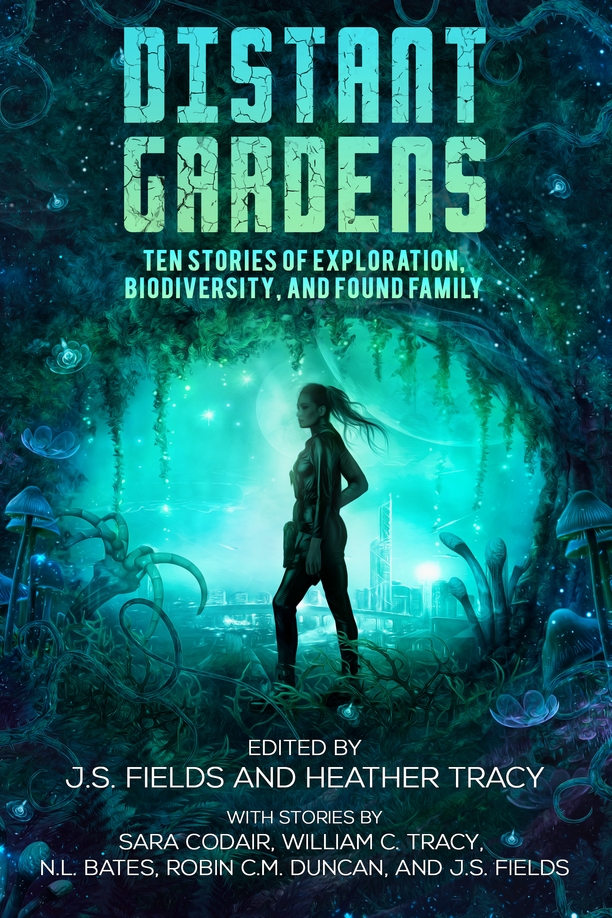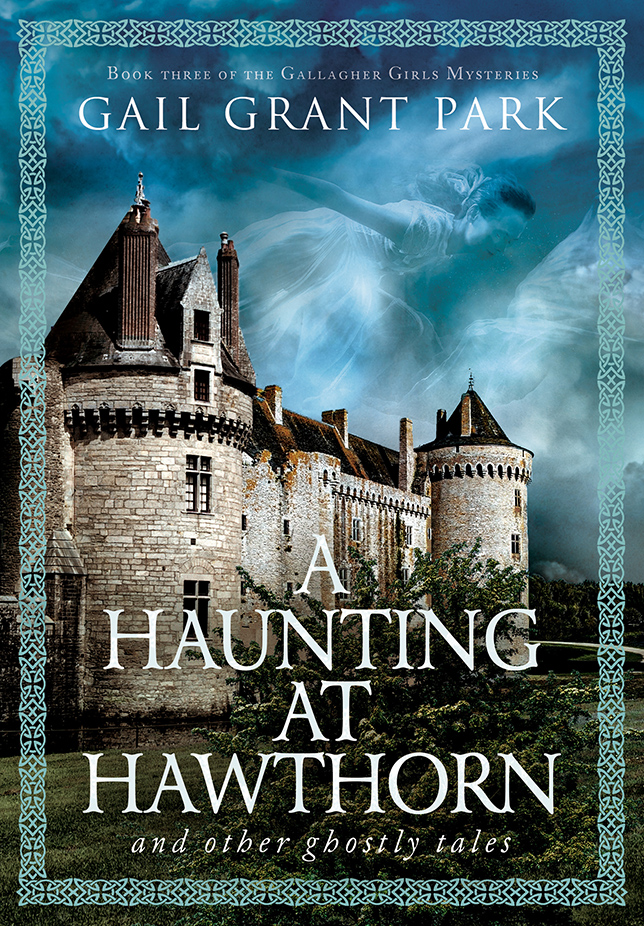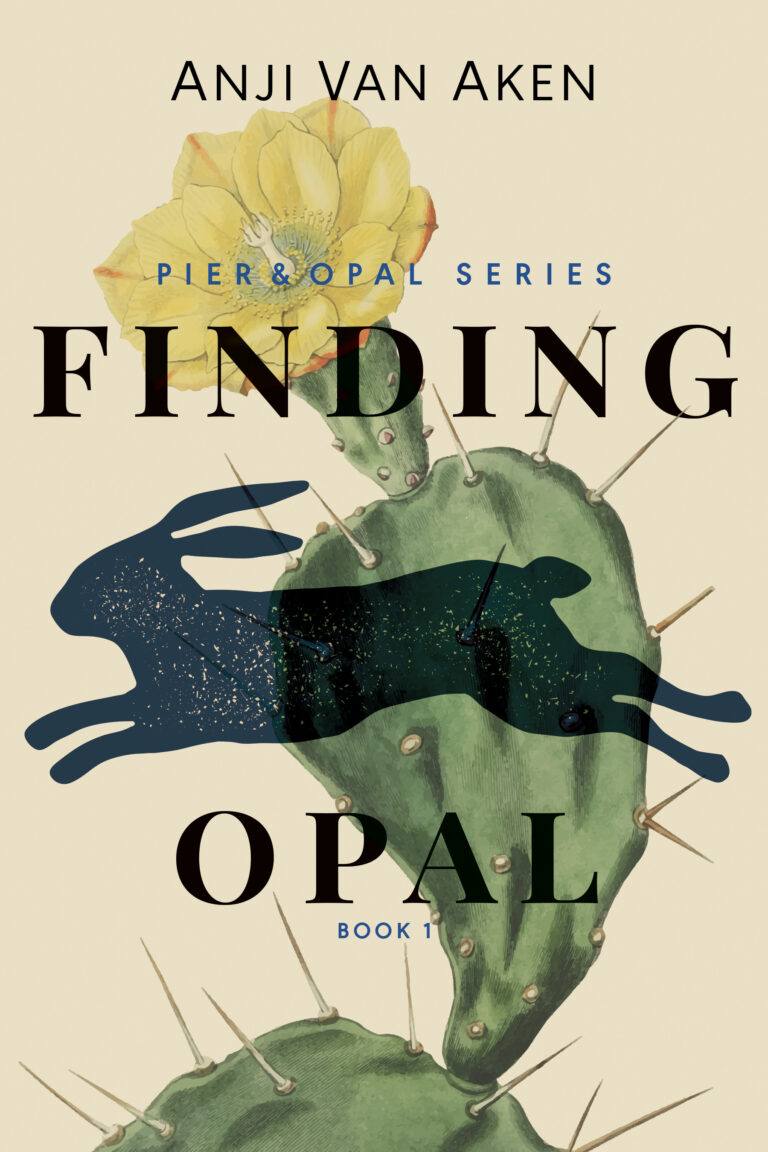Artificial intelligence is now a regular tool in the creative toolbox. From generating plot ideas to building interactive story branches, AI can save time and open new creative possibilities. But for writers, there’s a fine line between leveraging AI and letting it dilute your unique voice.
Here’s a guide on how to ethically and effectively use AI to support your storytelling – while staying true to your own voice and avoiding overdependence:
Where AI Can Support Your Work
These are areas where AI can be a helpful collaborator without replacing your creativity:
-
Idea Generation – Brainstorm prompts, plot twists, or character quirks to overcome writer’s block.
-
World-Building Assistance – Use AI to quickly list environmental details, culture names, or background lore, then adapt them to your style.
-
Structural Help – Have AI outline potential story beats or pacing suggestions to organise your draft.
-
Interactive Path Mapping – For branching narratives, AI can help map cause-and-effect chains so no plot thread is forgotten.
-
Revision Support – AI can flag repeated phrases, unclear sections, or pacing issues you might miss in self-editing.
Where to Avoid Over-Reliance
These are danger zones where AI risks erasing your originality:
-
Voice & Style – Never outsource your prose entirely; AI lacks the lived experience that makes your tone authentic.
-
Character Depth – AI can suggest archetypes, but genuine emotional complexity must come from you.
-
Theme & Message – AI can’t decide the moral, subtext, or intent of your story—those are yours to define.
-
Conflict Resolution – Let your human intuition shape how conflicts resolve, avoiding “too neat” AI-style endings.
-
Final Passes – Resist the urge to let AI rewrite entire sections just for speed; editing is where your craft truly shines.
Best Practices for Maintaining Authenticity
-
Start Human, End Human – Use AI only to enhance or refine ideas you’ve already formed.
-
Always Rewrite AI Output – Even strong suggestions should be rephrased in your own words.
-
Treat AI Like a Research Assistant, Not a Co-Author – It should inform, not dictate.
-
Limit It in Emotional Scenes – AI tends to produce cliché or over-simplified sentiment; rely on your instincts instead.
-
Keep a Consistency Check – Regularly read back your work aloud to ensure it still sounds like you.
Final Thought
Interactive and AI-assisted storytelling can be exciting – especially for writers exploring expansive worlds or multiple narrative paths. But the moment AI starts making the decisions that define your voice, the work is no longer fully yours. By using AI strategically and sparingly, you can keep the innovation without losing the soul of your writing.
What’s your approach to using AI in storytelling without losing the story only you can tell?
Follow us on Facebook and Instagram for more insights, and share your thoughts in the comments!











